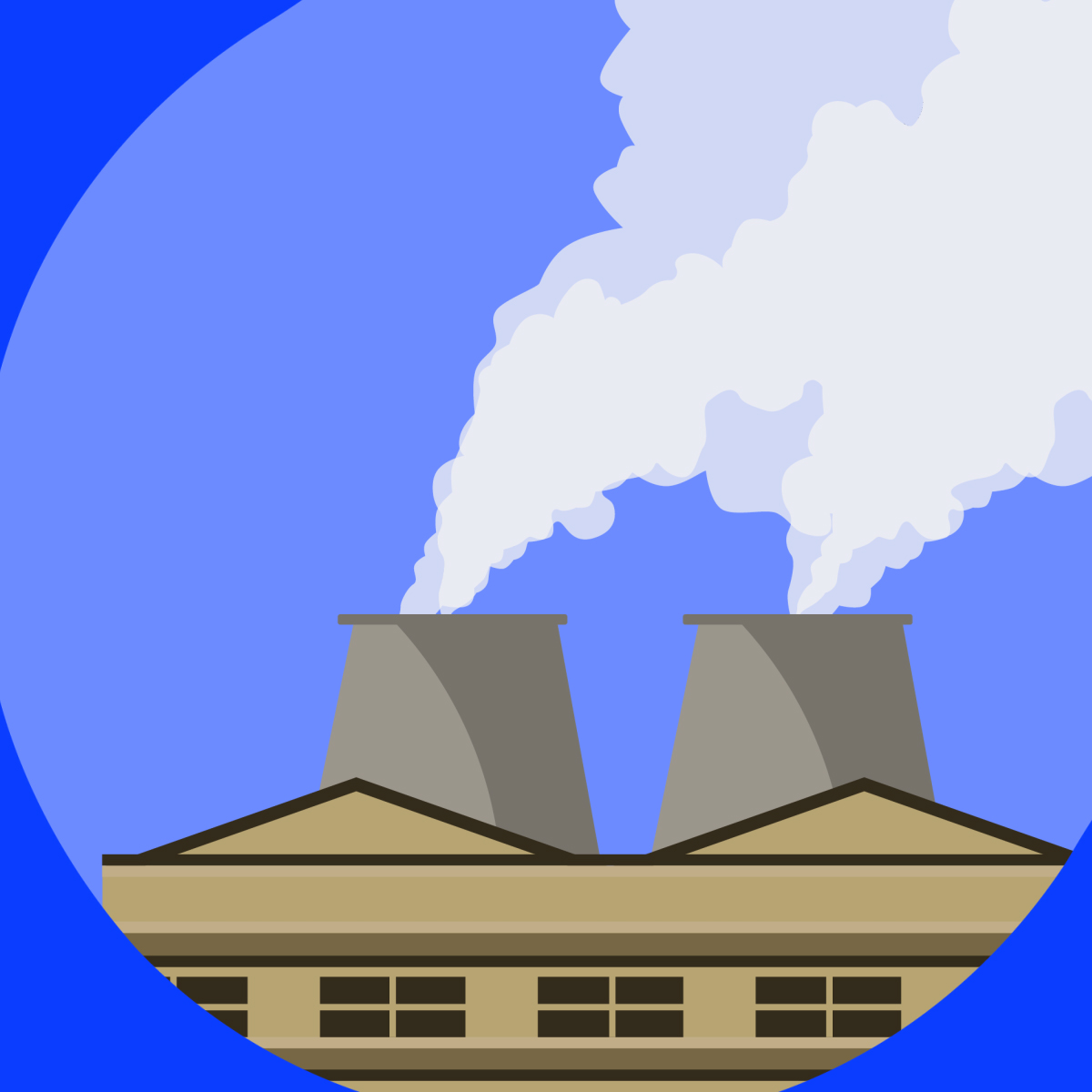
As the world grapples with the challenges of climate change and the need to reduce greenhouse gas emissions, innovative solutions for carbon dioxide (CO2) utilization are gaining momentum. CO2, once considered a waste product, is now being recognized as a valuable resource with the potential for multiple applications. In this article, we will explore the latest trends and innovations in CO2 utilization that are driving the transition towards a more sustainable and carbon-neutral future.
1. Carbon Capture and Storage (CCS)
Carbon capture and storage technologies aim to capture CO2 emissions from industrial processes and store them underground. This approach helps prevent CO2 from being released into the atmosphere, reducing its impact on climate change. Innovations in CCS are focused on improving efficiency, scalability, and cost-effectiveness to make it a viable solution for large-scale implementation.
2. Carbon Utilization in Building Materials
One promising trend is the incorporation of CO2 into building materials. CO2 can be converted into mineralized forms, such as carbonates, which can be used as a substitute for traditional materials like cement. This not only helps reduce CO2 emissions from cement production but also contributes to the development of more sustainable and carbon-negative construction practices.
3. CO2 Conversion to Fuels and Chemicals
Innovations in CO2 conversion technologies are enabling the transformation of CO2 into valuable fuels and chemicals. Processes such as electrochemical conversion, microbial fermentation, and catalytic reactions are being explored to convert CO2 into renewable methane, methanol, or even higher-value products like plastics and pharmaceuticals. These advancements have the potential to significantly reduce the reliance on fossil fuels and provide a sustainable pathway for the production of chemicals and energy.
4. Carbon Farming and Enhanced Weathering
Carbon farming involves the sequestration of CO2 through agricultural practices. Techniques like agroforestry, reforestation, and soil carbon sequestration help capture CO2 from the atmosphere and store it in biomass or soil. Enhanced weathering, on the other hand, involves accelerating natural weathering processes to capture CO2 through the reaction with minerals. These nature-based approaches hold great potential for CO2 removal and long-term carbon sequestration.
5. Direct Air Capture (DAC)
Direct air capture technologies aim to capture CO2 directly from the ambient air. These systems use chemical sorbents or absorbents to selectively capture CO2, which can then be utilized or stored. DAC technologies are being improved to enhance efficiency, reduce energy requirements, and explore potential applications for the captured CO2, such as in renewable fuels or carbon-neutral products.
6. Carbon Utilization in Agriculture
CO2 can be utilized in agriculture for enhanced crop growth through techniques like CO2 fertilization or controlled-environment farming. By increasing the CO2 concentration in greenhouses or indoor farming facilities, plant growth can be enhanced, leading to higher yields and improved resource efficiency.
7. Collaborative Research and Innovation
The trend towards CO2 utilization is driving collaborative efforts between industries, research institutions, and governments. Public-private partnerships are fostering research and innovation, facilitating the exchange of knowledge, and accelerating the development and deployment of CO2 utilization technologies.
8. Policy Support and Economic Incentives
Governments and policymakers are recognizing the importance of CO2 utilization in achieving climate goals. Supportive policies, regulations, and economic incentives are being implemented to encourage the adoption of CO2 utilization technologies and stimulate investment in research, development, and commercialization.
9. Life Cycle Analysis and Sustainability Assessment
As CO2 utilization technologies evolve, life cycle analysis and sustainability assessments play a vital role in evaluating their environmental impact. Assessing the entire life cycle, from CO2 capture to utilization or storage, helps ensure that CO2 utilization processes are truly sustainable and contribute positively to mitigating climate change.
10. Public Awareness and Engagement
Raising public awareness about the potential of CO2 utilization is crucial for widespread adoption. Educating the public about the benefits, challenges, and opportunities of CO2 utilization fosters support and engagement, encouraging individuals and communities to embrace these innovative solutions and contribute to a more sustainable future.
The trends and innovations in CO2 utilization hold significant promise in addressing climate change while creating economic opportunities. By harnessing CO2 as a valuable resource and exploring various utilization pathways, we can transition towards a low-carbon economy and achieve a more sustainable and resilient planet.
